According to the latest data from worldsteel, Southeast Europe (SEE) experienced an increase in crude steel production in April. The region produced 317,861 tonnes, up from 296,394 tonnes in March.
However, in the first four months of this year, regional production declined to 1.07 million tonnes compared to 1.44 million tonnes in the same period in 2022.
Unfortunately, worldsteel did not provide data for April steel production in Bosnia or Moldova.
Among the seven countries in SEE, Serbia maintained its position as the largest steel producer. In the January-April period, Serbia's crude steel production reached 515,800 tonnes, showing a decrease of 12.3%.
Slovenia, the second-largest producer in the region, recorded a production of 206,213 tonnes in the first four months of the year, reflecting a 5.4% decrease. On the other hand, Bulgaria, the third-largest steel producer, saw a 2.8% increase in crude steel output, reaching 198,100 tonnes.
North Macedonia, the fourth-largest producer, experienced a growth of 13.2% with a production of 91,181 tonnes. Croatia, the fifth-largest producer, produced 63,375 tonnes, a decrease of 7.8%.
In March, HBIS Group Serbia Iron & Steel resumed the operation of blast furnace No.1 at its Smederevo works. The company will run both blast furnaces but will temporarily suspend one for maintenance during the summer.
Slovenian Steel Group (SIJ), a special steelmaker, reported a 35.3% increase in revenue in 2022, amounting to €1.303 billion ($1.44 billion). The majority of the revenue (84.6%) was generated through exports. Although production volumes were lower than in 2021, the group managed to achieve higher sales revenue and improve other financial indicators.
Earlier this year, the Bulgarian Association of Metallurgical Industries (BAMI) raised concerns about increased imports of rebar and light sections of non-alloy and other alloy steels from Egypt and Algeria into the European Union.


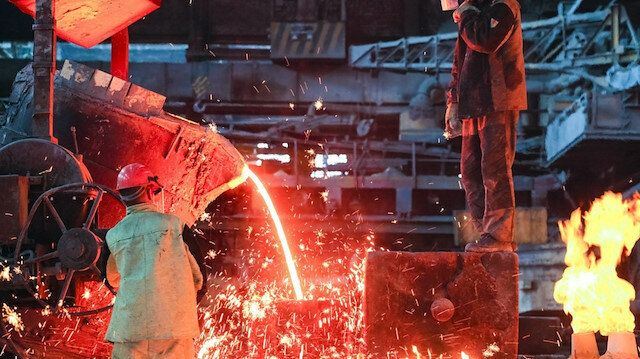


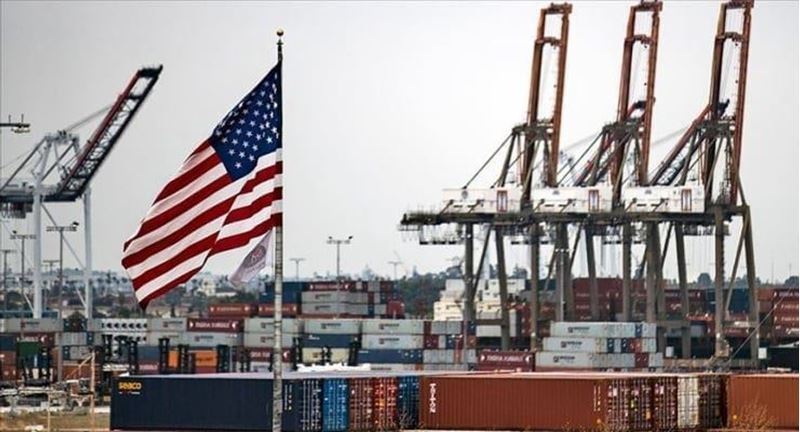
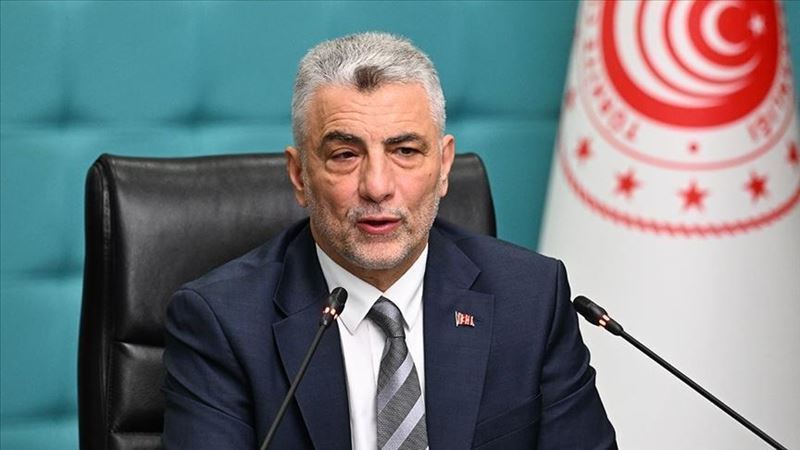
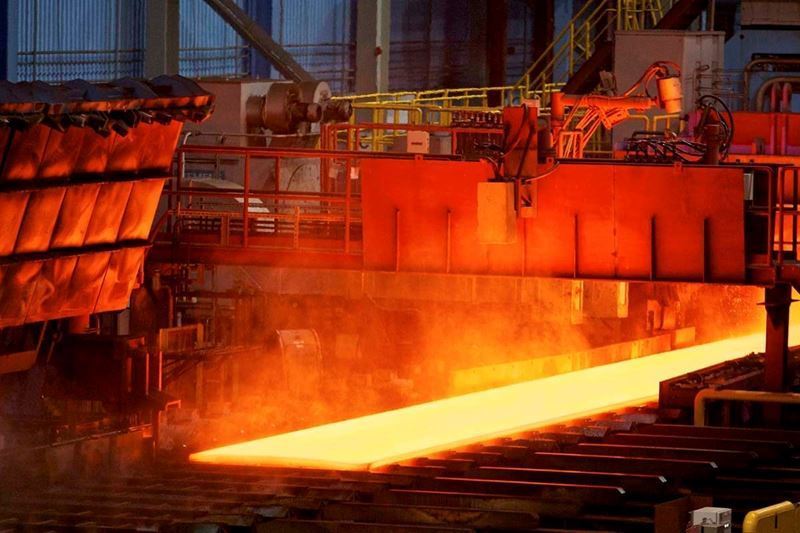
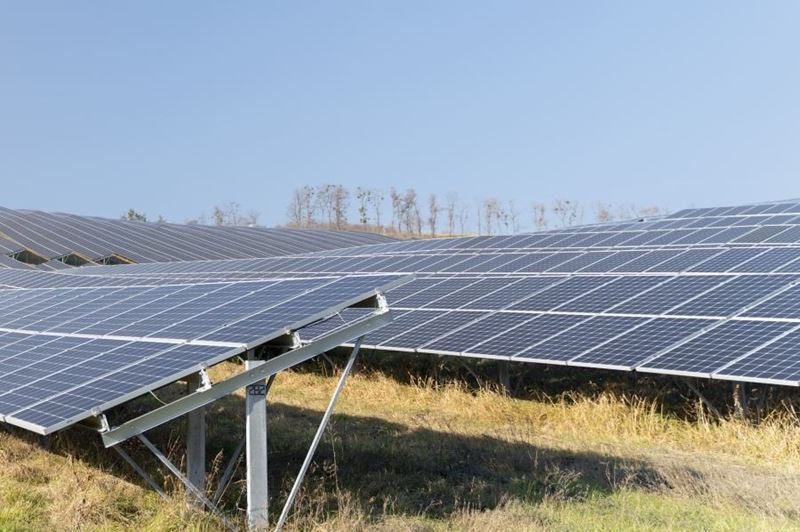


Comments
No comment yet.